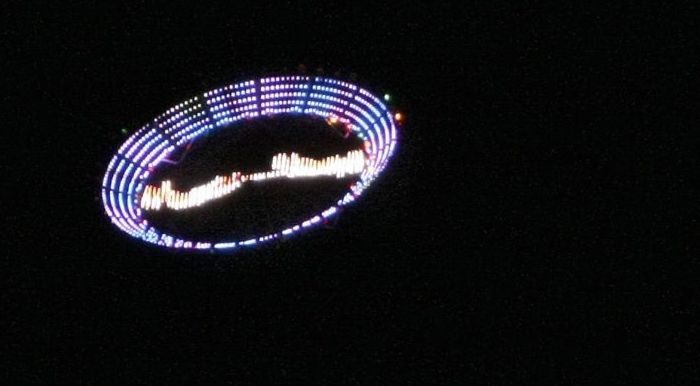OF THE
TIMES
History will have to record that the greatest tragedy of this period of social transition was not the strident clamor of the bad people, but the appalling silence of the good people.
Good for China, because there are nothing but morons running this country: [Link]
My daughter's computer-programmer partner was being constantly head-hunted, jumping from job to job nearly every year at ever-higher rates of pay...
Bush's No Child Left Behind and Obama's Race to the Top/Common Core were actually the federalist takeover of education: states receive money by...
God, I'm glad to be out of that insanity! The problem is, I want the kids to be out of it as well. The Common Core math curriculum moves too fast....
Quote: "More people are falling out of the middle class every day, and at this point there are tens of millions of Americans that are either...
To submit an article for publication, see our Submission Guidelines
Reader comments do not necessarily reflect the views of the volunteers, editors, and directors of SOTT.net or the Quantum Future Group.
Some icons on this site were created by: Afterglow, Aha-Soft, AntialiasFactory, artdesigner.lv, Artura, DailyOverview, Everaldo, GraphicsFuel, IconFactory, Iconka, IconShock, Icons-Land, i-love-icons, KDE-look.org, Klukeart, mugenb16, Map Icons Collection, PetshopBoxStudio, VisualPharm, wbeiruti, WebIconset
Powered by PikaJS 🐁 and In·Site
Original content © 2002-2024 by Sott.net/Signs of the Times. See: FAIR USE NOTICE

Reader Comments
R.C.
I think we are doing a damn fine job of it.
[Link]
SLICK SAUCERS. Or
An Electro-magnet Aerodynamic Augmentation Device From Alpha Centauri. An analysis is offered as to how extra-terrestrial alien "saucers" ease their passage through our low atmosphere at supersonic speeds without sonic "booms" and what electromagnetic radio frequencies may leak from their related (and now patented) Aerodynamic Augmentation Device (AAD).1 Explained are UFO related enigmas like magnetic fields, glowing saucers and the lack of "sonic booms" during high speed encounters.2 Possible UFO related "radar" transmission frequencies are postulated. A method to distinguish alien vs. human produced crop circles is considered.
alnaspaceprogram.org/papers/advanced propulsion study.pdf
3.3.1 is particularly interesting with regards "RF powered lenticular craft"
Sorry for some reason it won't link, try copying and pasting into search engine it's a DTIC military archive document.
Here's the abstract. COOL! Good!
(It seems that they stole my space/time machine idea. )
RC
Seriously.
Another member of the "Grey Council", dressed in the robes of Holy Academia.
My grandmother could do better, and never went past H.S.
RC
Parzival routinely links that site's daily videos. Today's daily report is called "Space Electric Connection.." [Link]
I love how he always ends the scariest broadcasts with "No fear."
This is a great one, "Cosmic Disaster" [Link] that goes into detail on the poles switching, solar maximum, and lots more: (~80 minutes - but that is what the speed adjustment on videos (right click on settings usually) is for.)
RC